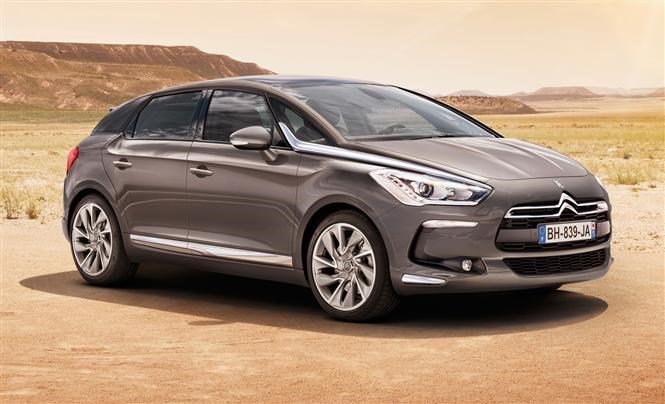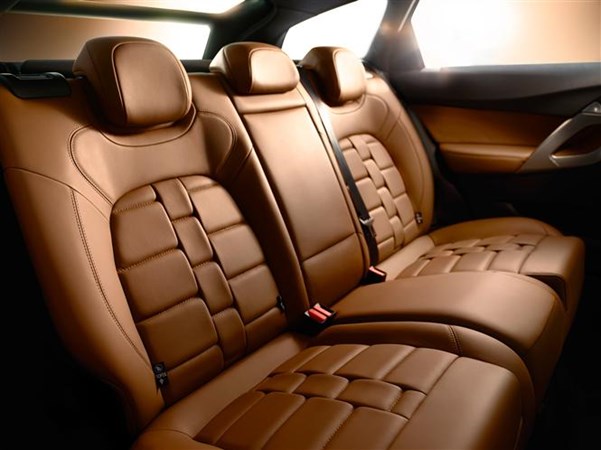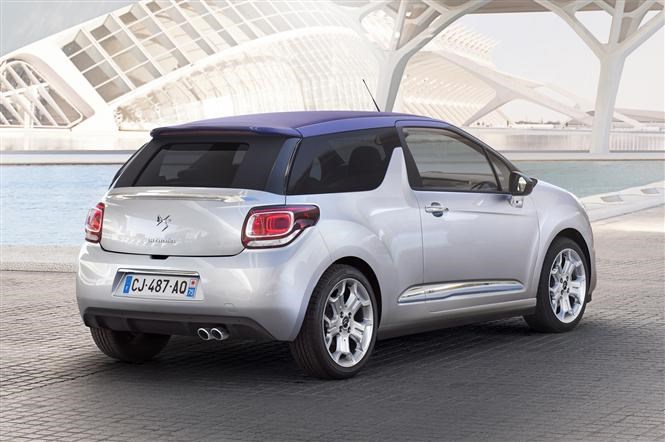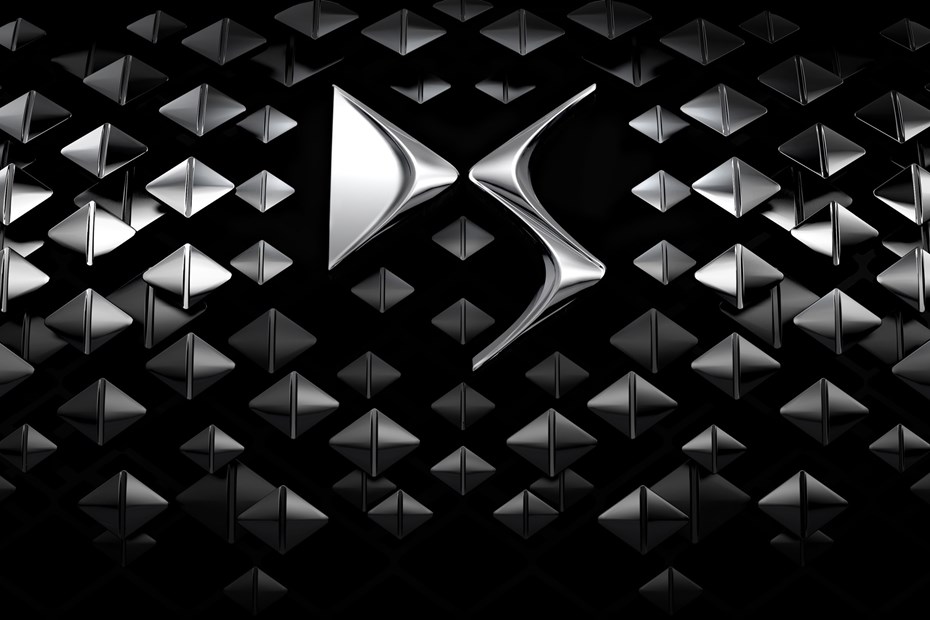Citroen chose the inaugural London Classic Car Show to celebrate 60 years since the introduction of its iconic DS model and further outline how its modern DS ranges will be pushed further into the premium segment.
Although it was announced back in June 2014 that DS was being separated from Citroen to create two distinct brands, the double-chevron logos and badges will only be removed from the existing DS3, DS4 and DS5 ranges during 2015.
We took the opportunity to discuss DS’ future with Arnaud Leclerc, PSA Peugeot Citroen UK’s Deputy Director General and DS Brand Development Director, at the show.

Separation of the Citroen and DS brands
What’s clear from talking to Leclerc is the transition is going to be a gradual process, demonstrated by the DS models still wearing Citroen badging.
During 2015 an expanding number of Citroen dealerships will feature dedicated DS areas, while longer-term some retailers are likely to establish separate DS buildings.
A series of DS boutiques, like DS World which opened in Paris in 2014, will further broaden awareness of the brand, selling cars and DS-related merchandise and luxury goods.

What does DS represent?
“Citroen is about comfort and practicality,” reinforced Mr Leclerc, “while DS is a premium brand, capturing the essence of French luxury goods.”
Traditionally luxury cars from France struggle to sell well outside the home market. Citroen’s most recent flagship, the distinctive C6, struck a chord with brand devotees but few others were convinced of its lustre.
In China, where customers are less deeply immersed in brand heritage and car companies effectively started from scratch, DS is doing very well and has disassociated from the Citroen brand there almost from the beginning. That successful growth, including a selection of China-only models, was persuasive in launching the standalone DS brand in Europe and other markets.

Customisation is key
“Today people want their cars to be distinctive and DS can do that in the premium segment to a level unsurpassed elsewhere,” suggests Leclerc. Three quarters of DS3 buyers customise their cars.
It’s an argument that holds less water with the larger DS4 and DS5 models, but all three ranges feature styling flourishes that ensure they’re unlikely to be mistaken for anything else. “DS will not seek to replicate other premium brands – it already has something unique and we will build on that,” confirmed Leclerc.
Those interested in the marque’s heritage, may be disappointed to learn that future models from the premium arm are unlikely to feature hydropneumatic suspension. “That’s not the focus for DS,” reiterated Leclerc although he conceded that it wasn’t ruled out for future Citroen models on the proviso that such technology was developed in partnership with other companies.
Over the next five years the DS range will double in size from today’s trio of models, with an SUV or crossover added to the range. Before that the existing line-up will be refreshed, part of which is likely to include a new grille design, mimicking that of 2014’s Divine DS concept car, as well as de-Citroening the bodywork.
Arnaud Leclerc is buoyant: “it’s an exciting time to be part of DS, to see the growth of the next phase.”
Parkers will be watching the market closely to see how well DS establishes itself as a premium brand in its own right and what impact that has upon the Citroen-badged range.





.jpg)

.jpg?quality=50)